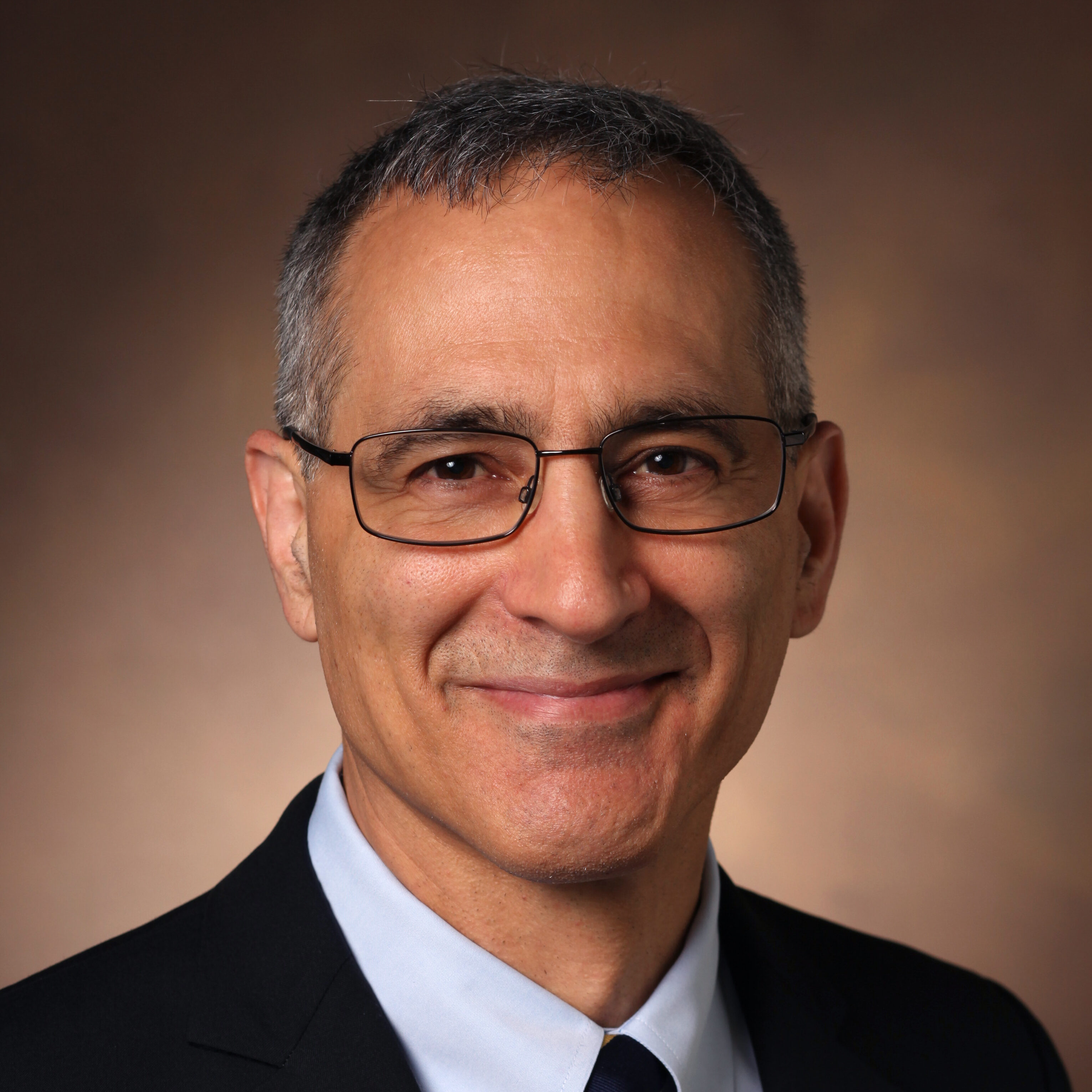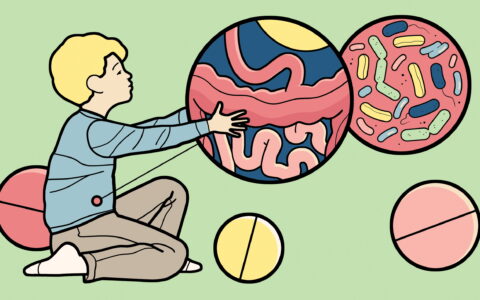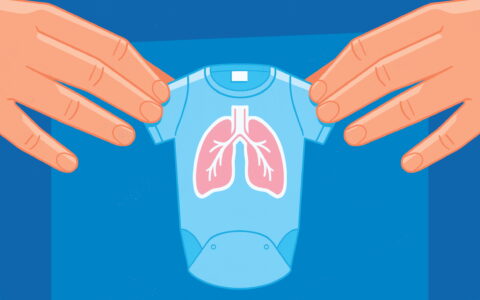Last year, transplant surgeons at Vanderbilt University Medical Center performed the institution’s first double lung and liver transplant using a new technique for organ storage.
The organs were kept at 10 C, rather than the traditional storage temperature of 4 C.
Compared to the current clinical standard of organ preservation, the six-degree difference has been shown to significantly extend cold-ischemia time limits, says Matthew Bacchetta, M.D., who performed the lung transplantation portion of the operation.
“They’re actually incubators,” he said of the organ storage units. “You can tune their temperature with great accuracy.”
As an example, Bacchetta said donor lungs kept at 4 C are viable for roughly eight hours, but at 10 C this stretches to upwards of 20 hours.
“We’re optimistic that 10 C storage will be a standard of care in the near future. We like to say in our lab, ‘The Ice Age is over.’”
For surgical teams, that extra time translates to less constraints in the operating room.
“That type of flexibility with the ischemia time has changed the way that we do combined-organ transplantations,” Bacchetta said. “We’re optimistic that 10 C storage will be a standard of care in the near future. We like to say in our lab, ‘The Ice Age is over.’”
Affording More Time
The transplant patient underwent the double lung and liver transplant due to sarcoidosis, impacting both organs, a condition she had been living with since 2001, Bacchetta said.
Her lung function progressively worsened, and the tipping point came in 2022 when she contracted COVID-19. The illness caused her to experience significantly constrained breathing and she was placed on supplemental oxygen. Without a dual-organ transplant, the care team estimated that she had two years to live.
“She was at end stage when we met her for the first time,” said Bacchetta, who serves as the surgical director of the Vanderbilt Lung Institute.
During the procedure, Bacchetta’s experience with using 10 C to prolong lung ischemia limits allowed surgeons additional time to execute the pneumonectomies, which were particularly challenging due to the severity of the patient’s sarcoidosis.
“Sarcoid can be a very difficult dissection, especially in the chest, and this case was no exception,” Bacchetta said. “There tends to be a lot of lymphadenopathy and adhesions.”
The approach also allowed prioritization of the liver transplant, performed by Seth Karp, M.D., chair of the Vanderbilt Section of Surgical Sciences.
“Both of the lungs worked almost immediately. The liver worked really well also. It was the best-case scenario.”
The sequence was as follows: the team completed the right pneumonectomy and stabilized the patient on extracorporeal membrane oxygenation (ECMO). Then, they proceeded with the liver transplantation, followed by the right lung transplantation, and finally the left pneumonectomy and lung transplantation.
“Both of the lungs worked almost immediately. The liver worked really well also,” Karp said. “It was the best-case scenario.”
Advancing the Innovation
Bumping up organ-storage temperature to 10 C may benefit the waiting organ due to mitochondria. Studies have reported improvements in mitochondrial health and reductions in markers of mitochondrial injury when lungs are stored at 10 C versus 4 C.
While a lot of research has focused on lungs, Bacchetta is convinced that 10 C is a superior storage temperature for most every organ. He and colleague Ashish Shah, M.D., who holds the Alfred Blalock Endowed Directorship in Cardiac Surgery at Vanderbilt, recently completed a dual lung-heart transplant in which both organs were stored at 10 C.
“That established a new threshold for dual heart-lung transplant,” Bacchetta said.
“We have a lot of evidence now to suggest that this is something that works across organs,” he added. “I think, eventually, people in every organ system are going to come around to this.”
Vanderbilt has two 10 C storage systems on site and an additional 10 C system designed for transport. The medical center is also participating in an international trial to continue evaluating 10 C storage for other lungs.
“It’s a great privilege to work at a place with so many dedicated professionals that are extremely willing to work together to push the envelope, while simultaneously delivering excellent patient outcomes,” Karp said.






